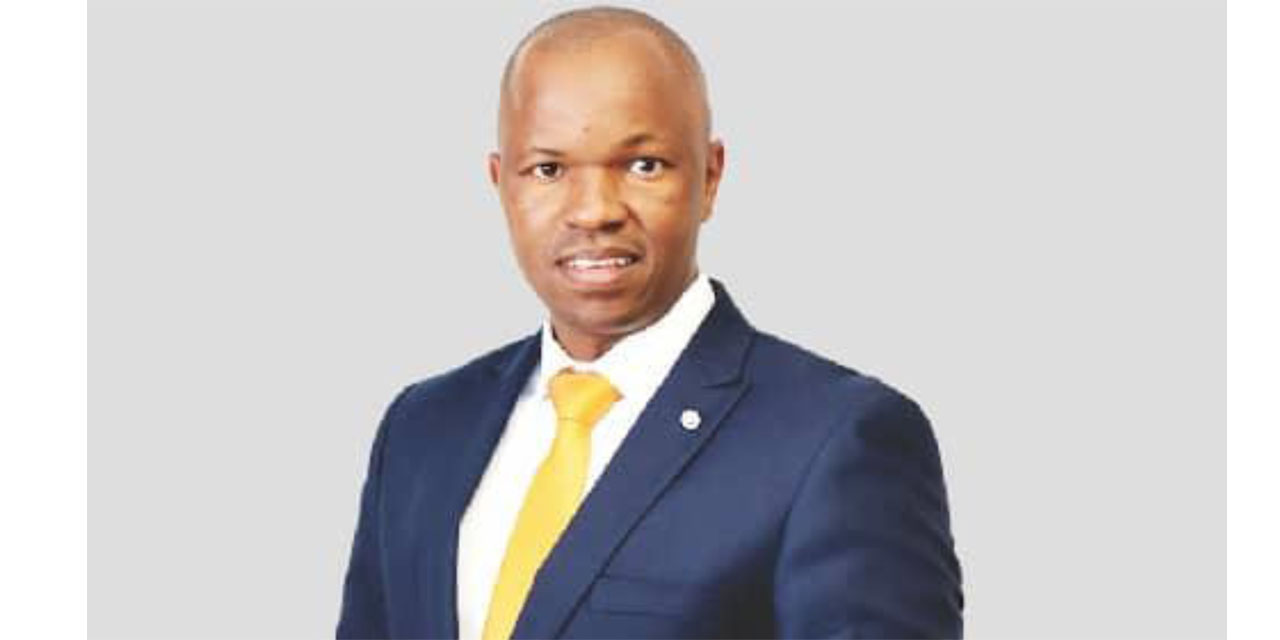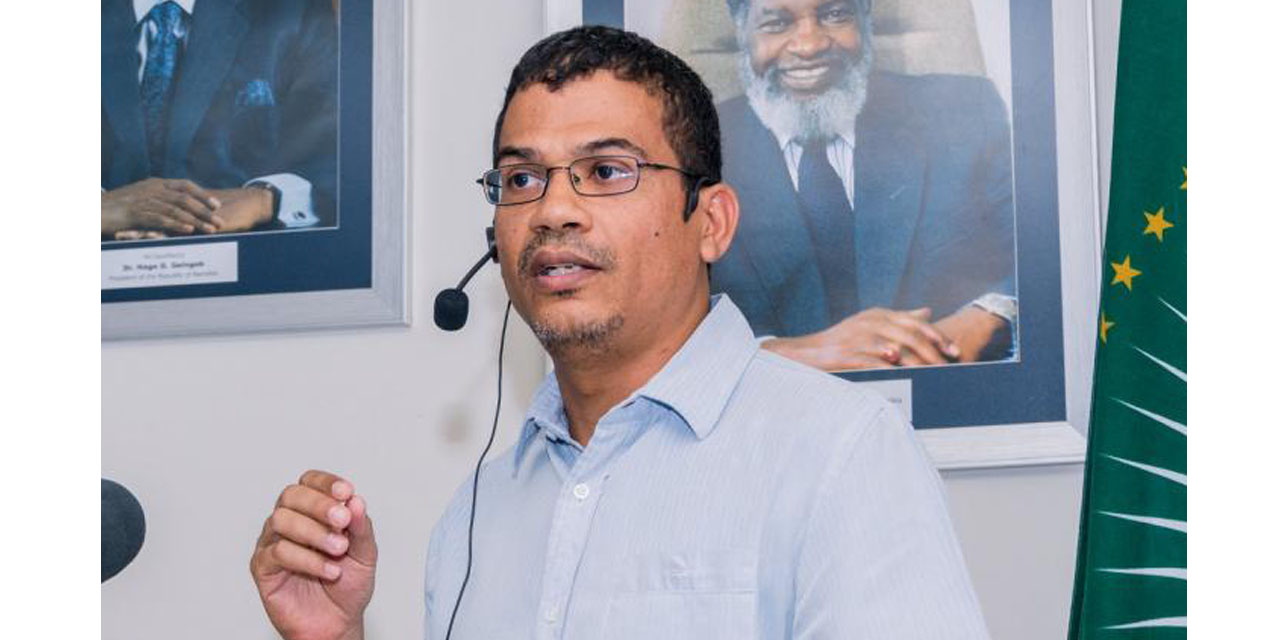Namibia only has 2 ICAO standard international airport, the Hosea Kutako International Airport (Runway length 4532 meters), located 45km on the outskirt eastern of Windhoek, and Walvis Bay International Airport, 15 Km east of the town (Runway – 3500 meters) which mostly accommodate flights to and from South Africa, the airport was upgraded and became our second international airport in 2016, which positioned it at the forefront in airport technology in Southern Africa, a status that deserves full utilisation and promotion. Eros Airport (Runway – 2229 meters) is one of the good airports we have but limited in operations due to its position in the town of Windhoek.
Airports like Andimba Toivo yaToivo Airport (Ondangwa) with a runway at a length of 2,987 meters are not utilised to the fullest potential, same can be said with the less developed Airports like Ruacana (2200 meters), Rundu (3055 meters), Mpacha (2295 meters) Katima Mulilo, Keetmanshoop (2316 meters), Oranjemund (1600 meters) and Lüderitz (1830 meters) big potential with the fuel discovery, Aerodromes such as Swakopmund (1600 meters, gravel) also are in need of an upgrade for safety, security and further investor attraction. HKIA is the gateway to Namibia for international travellers, but it is in the central part of the country, making it inconvenient for people in the north and south. For further advancement, and future expansion, Namibia needs to have many more airports similar or more advanced than HKIA. This will have to come with upgrades to advanced aviation technologies to accommodate and attract potential investors, for the most part to avoid diverting to other neighbouring countries due to challenge
s that may affect landings and take-offs on the soil of Namibia.
Aviation mode of travelling is a conveyor for business in and out of the country and should not be centred in one specific area of operation. Any country that has the ambition to develop and compete with the world would strive to have multiple entry and exit points, we cannot rely on one main international airport. The recent visit of the Cuban president and the inability to get him to Omuthiya on time from HKIA is another reason why we need to expose other regions more. Here are some of the other reasons why Namibia needs more ICAO standard international airports:
• To improve air connectivity and tourism – More international airports would make it easier for people to travel to Namibia, both from within Africa and from other parts of the world. This would boost tourism, which is a major contributor to the Namibian economy. The visitors can fly directly to their desired destination which in turn creates more awareness of such place when added to form part of the many designated ICAO airport codes.
• To support economic development – Improved air connectivity would also help to attract foreign investment and businesses to Namibia. Money would flow in the regions from outside, thus creating an exchange of foreign currency and introduce new opportunities for those in many different supporting fields. This would create jobs and boost economic growth, which can aid with the reduction of the number of graduates in the streets.
• To improve disaster response – In the event of a natural disaster, such as a flood, wildfires, drought, pandemics, etc, international airports and well-equipped airports can facilitate with their services to assist and make it easier to deliver relief supplies and personnel to affected areas.
• To promote regional integration – Namibia is located in a strategic location in southern Africa, and with many developments such as the fuel discovery and the recent expansion of BRICS, we should expect an influx of Investors and visitors in the region and from that we expect to benefit from. More international airports would help to promote regional integration and cooperation, it is of paramount to focus on these plans to avoid losing out in the future.
The Namibian government through the line ministry and Namibia Airport Company have plans to upgrade more airports in the country such as Rundu, the questions to mind are – at what pace and to which status are these upgrades? Do we still have time, or do we need to work overtime to catch up on the international community? Steps and plans appear to be in place, however slow the progress may be as compared to the rest of the globe, it is of an opinion that there is an urgent need to double up and prepare for what is coming. These airports would help to improve air connectivity and tourism in the northern and southern parts of the country.
The Namibian government should expedite plans to improve the existing airports. This includes upgrading runways, taxiways, and terminal buildings and in the same vein invest in new air navigation equipment to improve safety and efficiency.
The development of more ICAO standard international airports is an important part of Namibia’s economic development strategy. By improving air connectivity, the government hopes to attract more tourists, businesses, and investment to the country. This would create jobs and boost economic growth. Airports are very strategic to any country, increase the number to avoid battles that can put a halt to aviation operations in the country like it happened at HKIA with the Menzies/Paragon case. We should plan and expand this industry to strengthen and empower the local aviation participants. This can potentially be part of our job creation plans for the country, that will guarantee many employments with more impactful opportunities to cater for all participants in the long run.
(Captain/Flight Lieutenant Nelson Tuhafeni Kalangula is a former Namibian Airforce Helicopter pilot, an Aviation Safety and Aircraft Accident investigation certificate holder, Author in the making, with a Bachelor of Commerce Honours and B-Tech Business Administration in academic qualifications.)




